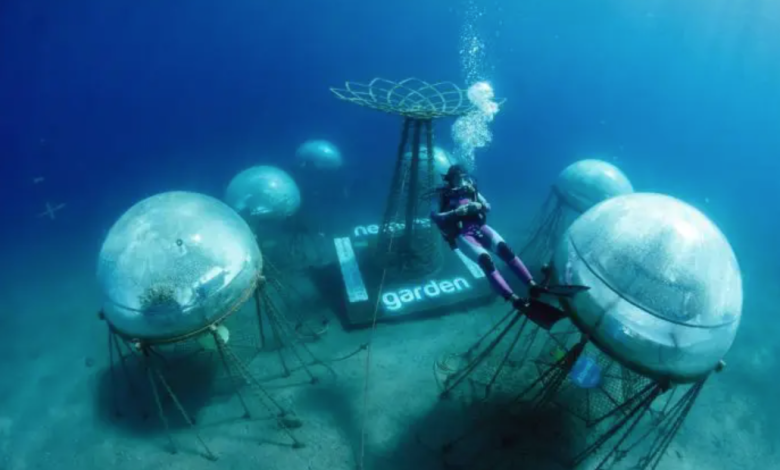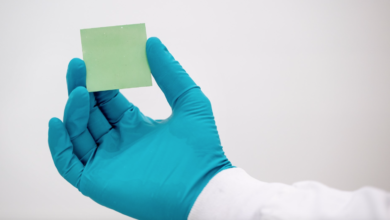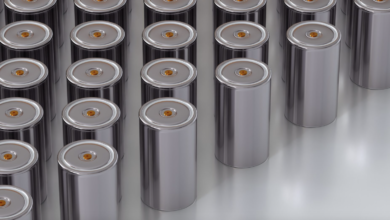Nemo’s Garden, when agriculture moves underwater

The Nemo’s Garden project was conceived by the Ocean Reef Group
(Sustainabilityenvironment.com) – Like many brilliant ideas, even the underwater cultivation of Nemos’s Garden was born during a simple walk by the sea. Created as a provocation, these underwater gardens soon proved to be a possible answer to many problems related to agriculture.
How an idea is born
To give life to everything is Sergio Gamberini, founder of the Ocean Reef Group, who on the occasion of a holiday in the Ligurian Riviera wondered what could be the most suitable place to grow basil, fundamental in this region to make pesto.
Like many other aromatic herbs, the ideal climatic conditions are in protected and sunny places, at a constant temperature and with well-drained soil. Incredibly the environment that is best suited to respond to all the parameters is submarine space.
The objectives of the project
For the moment, the project is being tested, but the originality of the research has already attracted the attention of many organizations, including pharmaceutical companies, interested in exploring new systems for the cultivation of plants.
In fact, Nemo’s Garden allows you to grow plants even in environments where agriculture usually struggles to get started, both for unfavorable economic conditions and for difficult morphological reasons.
How Nemo’s Garden works
The Nemo’s Garden are floating biospheres immersed under the surface of the sea and fixed at about 5 – 10 meters below the surface in the Baia di Noli, Liguria. The spheres each contain about 2,000 liters of air and use the combination of fresh water and warm sunlight to maintain constant humidity and heat inside the hydroponic greenhouse. All parameters such as carbon dioxide, oxygen, pressure, temperature, humidity are monitored 24/24h by sensors specially inserted in the underwater gardens.
During the day the lighting varies according to the hours and weather conditions. The direct sunlight is filtered by the water mass above the spheres and reaches the crops in a widespread manner.
A benefit to the environment and no pests
As commented by the Ocean Reef Group, biospheres are not only a technological enterprise, but also an eco-friendly and self-sustainable solution.
Traditional agriculture requires about 70% of global freshwater consumption, while biospheres use seawater desalination to feed themselves.
The temperature difference between the inside of the greenhouse and the seawater also produces a normal condensation, also exploited to nourish and hydrate the plants inside. The energy for operation is totally renewable and produced by the Sun.
Last but not least, Nemo’s gardens are protected and closed systems, obviously, unassailable to aerial parasites. This means having cultivation produced without the use of pesticides: a positive aspect for the environment and for the cultivation itself.
Future research and fertilizers from algae
To close the self-sustainable cycle of the project, the researchers engaged in the activity, are exploring the possibility of producing organic fertilizers from the same algae present where the submarine greenhouse would be installed.
See the photo gallery here.





